How realistic is Elon Musk’s plan to launch the same Falcon 9 twice in one day?
Right after SpaceX reused a Falcon 9 booster for the first time ever in March 2017, Elon Musk stated that SpaceX will demonstrate reusing a single booster within 24 hours of landing. He said this might happen by the end of 2017 or in 2018 at the latest, but it turned out to be another one of his many infamous overly optimistic statements. It’s over two years later and SpaceX is nowhere near demonstrating such a capability. So I thought about what this kind of extremely quick Falcon 9 booster reuse would take, what it might look like and what is currently preventing it from happening.
Block 5 version of Falcon 9, which was designed to enable this kind of quick reusability, finally flew for the first time in May 2018 and Elon Musk adjusted his estimate and said that the demonstration of reusing a Falcon 9 within 24 hours would happen sometime in 2019. Was this another overly optimistic estimate, or is there a chance that something like this could be achieved this year? Let’s take a closer look at what it would entail.
The current record for Falcon 9 booster reuse is 71 days (between TESS and CRS-15). Interestingly, it was accomplished in 2018 with a booster of the older Block 4 type that was not as optimized for reusability. Block 5 has been flying for over a year and still hasn’t beaten the record. However, it will come close on the upcoming STP-2 mission, which will launch a Falcon Heavy with two reused side booster from the recent Arabsat 6A mission. But even if the launch doesn’t get delayed, the time between the two Falcon Heavy missions will be 74 days, meaning it will be a new record for Block 5 but the old Block 4 record will stand. Does this mean that SpaceX needs at least two months to prepare the rocket booster for another launch even with the much more advanced Block 5 which was designed to be reflown several times without any maintenance?
Unfortunately, we do not know exactly what the process of inspecting and refurbishing the boosters between launches involves and how many man-hours it actually requires. However, Elon Musk mentioned at one point that refurbishment time between flights of a Block 4 booster could be as short 7 or 10 days “if pushed” and that Block 5 was designed in a way that its refurbishment was 10 times quicker. Eventually, SpaceX wants to reach a point where only basic inspection is needed between launches, so why does it still takes so long?
It is possible that SpaceX is already able to shorten the process of preparing a booster for another launch to a few hours, if necessary, but nothing currently suggests that’s the case. It can be argued that there usually isn’t any need to rush the booster refurbishment, as other factors impact launch preprations. That means that even a rapidly refurbished rocket would just sit in a hangar doing nothing for weeks anyway, because in order for the next launch to happen, a new upper stage and a new fairing need to be ready, the launch pad needs to be prepared for another launch and so on. Moreover, this all depends on on the customer’s payload actually being ready as well.
However, the recent RADARSAT mission serves as a counter-argument – the payload was reportedly ready in September 2018 when the launch was scheduled for February 2019 using the B1050.2 booster from CRS-16. But there was a malfunction during landing and that booster landed in the sea instead of on Landing Zone 1. So, the used B1051.2 booster from DM-1 was then assigned to the RADARSAT mission and DM-1 successfully launched and landed in early March. It seems safe to assume that by then, everything should have been ready for the RADARSAT mission and the only thing left to do was to refurbish the booster after its first mission. So why did RADARSAT launch over three months after DM-1?
Was it because the process of refurbishment took so long, or was there something else that delayed the launch? Around that time, SpaceX was preparing Falcon Heavy and other launches, including the first Starlink mission, so it’s possible the company simply didn’t enough enough bandwidth to launch RADARSAT sooner. Or some other problems could have cropped up during RADARSAT mission preparations, which we just didn’t hear about. For example, there could have been a delay with the production of the upper stage or fairing, or an issue with the Canadian satellites. If something like that caused the delay, there would have been no reason for SpaceX to rush the booster refurbishment and transport. Unfortunately, there is little information, so it’s hard to come to a clear conclusion about why there was a 3-month long gap between the two launches of B1051. However, when looking from the outside, in this case it does seems like SpaceX wasn’t able to refurbish the booster nearly as quickly as is supposed to be possible with Block 5, even though SpaceX presumably had the incentive to refurbish it as quickly as possible, since the RADARSAT mission had already slipped several months by then. In other words, this seemed like a perfect opportunity for SpaceX to show how quickly it can refurbish a booster. But for some reason, it didn’t happen.
SpaceX currently launches slightly less frequently than last year because the company now generally has to wait for the customers’ payloads to be ready. Up until recently, it was the other way around – SpaceX had a backlog of customers impatiently waiting for their turn. The main reason were delays that resulted from the CRS-7 and Amos-6 accidents, which caused the Falcon 9 rocket to be grounded for about a year in total, and SpaceX had been playing catch-up since then. However, this backlog is now finally pretty much finished, so while SpaceX is probably capable of launching more often than it does currently, most of the manifested payloads simply aren’t ready yet. For this reason, it is great that SpaceX is starting to deploy Starlink, because for the project to be successful, the company needs to launch as many of these satellites as possible and as quickly as possible. That means SpaceX will need to take full advantage of the tools and capabilities it’s been preparing for years:
- Two modern launch pads in Florida, with each being able to support high launch cadence (the pad maintenance between launches only takes a few days)
- Block 5 versions of the Falcon 9 and Falcon Heavy rockets that are designed with rapid reusability in mind
- Reusable fairings that should enable increased launch cadence without the need to also increase fairing production. However, I’ve speculated that fairings recovered from the ocean might only be reusable on Starlink missions until the ship Ms. Tree (formerly Mr. Steven) manages to catch a fairing in its net.
- Autonomous Flight Termination System (AFTS) which greatly reduces the number of range personnel required for Falcon launches and allows the range to support higher launch cadence. Eastern Range can now handle two launches in 24 hours.
So let’s say SpaceX decided to demonstrate the ability to perform two launches of the same rocket in one day. What prevents this from happening and what could it look like in practice? First, let’s look at what has to happen after a Falcon 9 booster lands, before it can launch again:
- FAA and FCC licenses for two missions need to be granted. FAA licenses are usually long-term and apply to multiple launches but FCC requires a new license request for each launch. This process may take several weeks. But all this can be done in advance, so it should not be a problem.
- The first launch needs to be successful.
- The booster needs to land successfully. However, only landing on land would work for the 24-hour reuse demonstration, as it usually takes several days for a booster to return to port when it lands on a droneship at sea.
- The booster needs to be safed after landing – the rest of the oxygen is dumped and the remaining fuel has to be drained, also sometimes the remaining pyrophoric compounds TEA-TEB need to be burned off, etc.
- A team of technicians has to fold the landing legs up and then lower the booster onto a transporter using a crane.
- The booster would then probably have to be taken to a launch pad different from the one that was used for the first launch. The reason is that a launch damages the pad slightly, so a few days are needed for inspection and minor repairs after each launch. The first mission could launch from LC-39A and the second one from SLC-40 (or vice versa). The launch pads are only a few kilometers apart.
- The booster then needs to be inspected in a hangar and some components might need to be repaired or replaced.
- Then the booster needs to be placed on the Transporter/Erector and integrated with the rest of the rocket (new upper stage and the payload encapsulated in a fairing – these two things would have to be prepared in advance).
- The rocket is now complete and needs to be rolled out to the pad and erected to a vertical position.
- At this point, static fire would typically take place, but since that process takes at least a day, there wouldn’t be time to do it in this case and it would have to be skipped. Recently, I’ve speculated that SpaceX might soon stop doing static fires before Starlink launches, so I think it’s within the realm of possibility.
- After the rocket goes vertical, it needs to be connected to ground support equipment that provides electricity, fuel lines, data connections, etc.
- The launch pad and the surrounding areas then need to be cleared by the Air Force for safety reasons.
- Then the countdown needs to go smoothly without the computers detecting any issues and only then the rocket can launch for the second time (weather permitting).
This is a simplified list but as you can see, it’s a lot of steps and a delay with any of them would basically make the 24-hour reuse impossible (if it’s even possible in the first place). On top of that, some of these steps historically took SpaceX several days on their own. For example, processing a recovered booster after it arrives to port on a droneship, usually takes a few days. However, the process seems to be getting faster and during the recent Starlink-1 mission, it took only about 24 hours (from droneship arriving, to booster being lowered onto the transporter). In that particular case, the legs had actually been removed, which is more time-consuming than just folding them, so there is definitely some room to shorten the whole process even further. Rocket roll-out, moving it vertical and preparing it for countdown and fueling also takes several hours. Booster refurbishment after the first launch would also have to be absolutely minimal, otherwise it would take too much time.
For these reasons, I personally think that booster reuse within 24 hours is unrealistic in the foreseeable future, but with some luck, reuse within a few days might be achievable. So will there actually be an opportunity for such a demonstration this year?
Such a quick reuse would require a very specific combination of missions. The first mission would need to involve a landing on land instead of a droneship at sea. That excludes Crew Dragon missions with crew, GTO launches and also all Starlink missions, simply because in all these cases the booster has to land on a droneship. We can also rule out launches from Vandenberg Air Force Base in California because there will be only a handful of launches over the next year or two. Also, the launch pad at Vandenberg is not optimized for high launch cadence and several weeks of maintenance seem to be needed between launches. We can also exclude Falcon Heavy because it doesn’t launch often enough for our needs (plus refurbishing three boosters would be more time-consuming than refurbishing one Falcon 9).
So for the purposes of the 24-hour reuse demonstration, only CRS missions with Cargo Dragons fit the bill because they launch from Florida every few months and the booster usually lands on land. The second mission, which would launch with the same booster just one day after the first one, would also need to fit certain criteria. It would have to be a mission for a customer with above-average risk tolerance because this demonstration would require launching a booster with nearly no refurbishment and without conducting a static fire. These two conditions basically exclude all commercial and government missions, leaving only Starlink missions. For those, SpaceX is the customer, so it can afford to skip a static fire and take a risk launching a rocket that underwent only basic inspection.
CRS-18 is currently scheduled for July, CRS-19 for December and CRS-20 for March 2020. And at the moment, it seems like another Starlink mission might be planned for September, so CRS-18 can probably be ruled out, but the other two CRS missions could be good candidates. SpaceX would just need to schedule one of the many upcoming Starlink launches for roughly the same date as CRS-19 or CRS-20 (but from a different launch pad), and then there is basically nothing that would prevent the company from attempting this kind of insanely quick booster reuse.
Unfortunately, apart from Elon Musk’s year-old statement, nothing currently suggests that SpaceX is planning this kind of demonstration in the foreseeable future. That said, I personally think that 24-hour reuse is unnecessarily extreme and even if SpaceX were to demonstrate booster reuse within a week or two, it would still be incredible and more than sufficient for practical purposes. This kind of rapid reusability might seem unnecessary at this point, but it’s something that will be needed for the upcoming Starship vehicle, so SpaceX might as well work on it now. Hopefully, we’ll see this kind of capability from them soon.




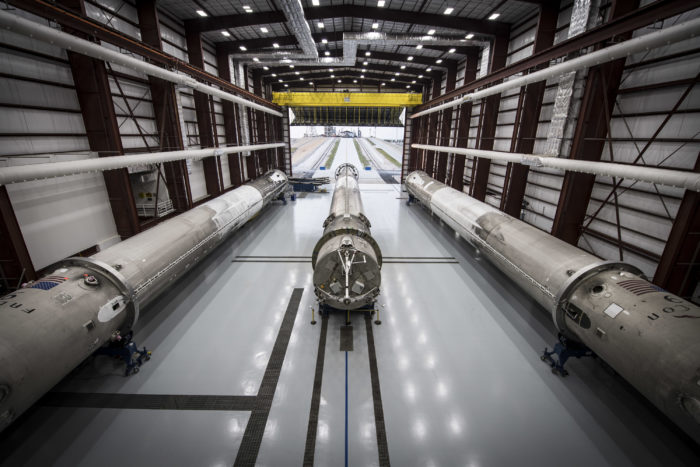


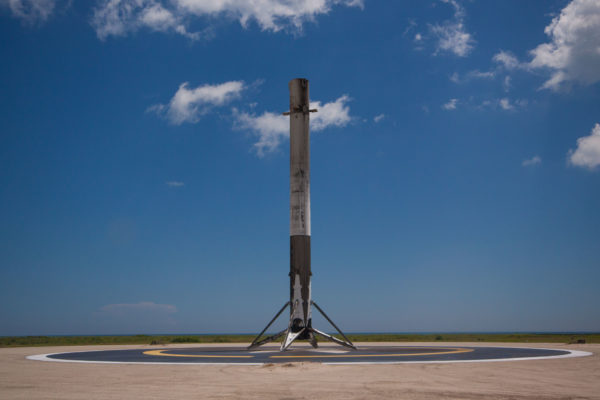

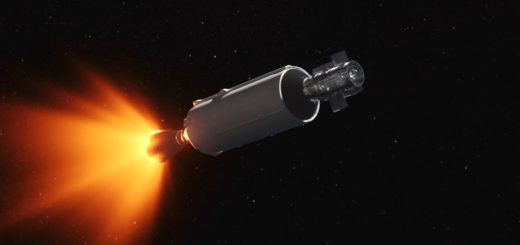
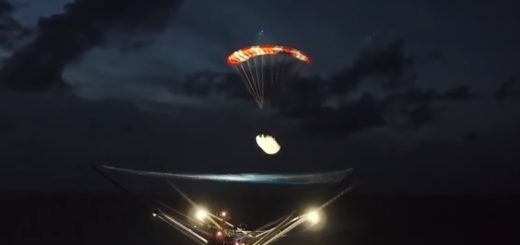
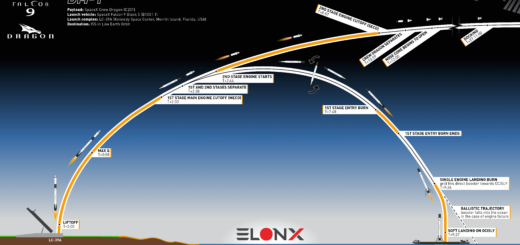
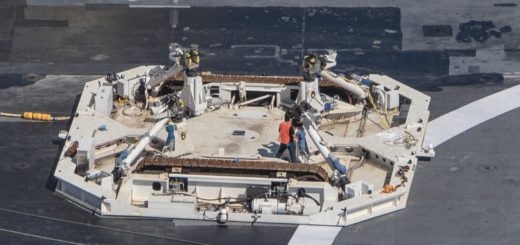
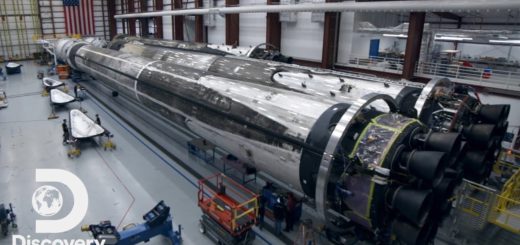
Brilliant! Thanks for the article 🙂
You’re welcome! 😀
Because Falcon 9/heavy uses kerosene, Merlin engines need to be refurbished for each flight.
The heavy deposits residues from the combustion generally entail more teardowns and overhauls,
creating operations and labor expenses on the kerosene systems.
This take a lot of time for this type of rocket to be operational again.